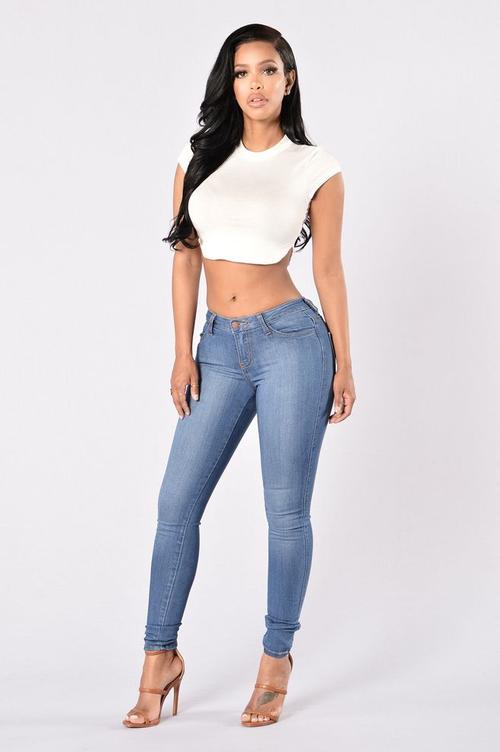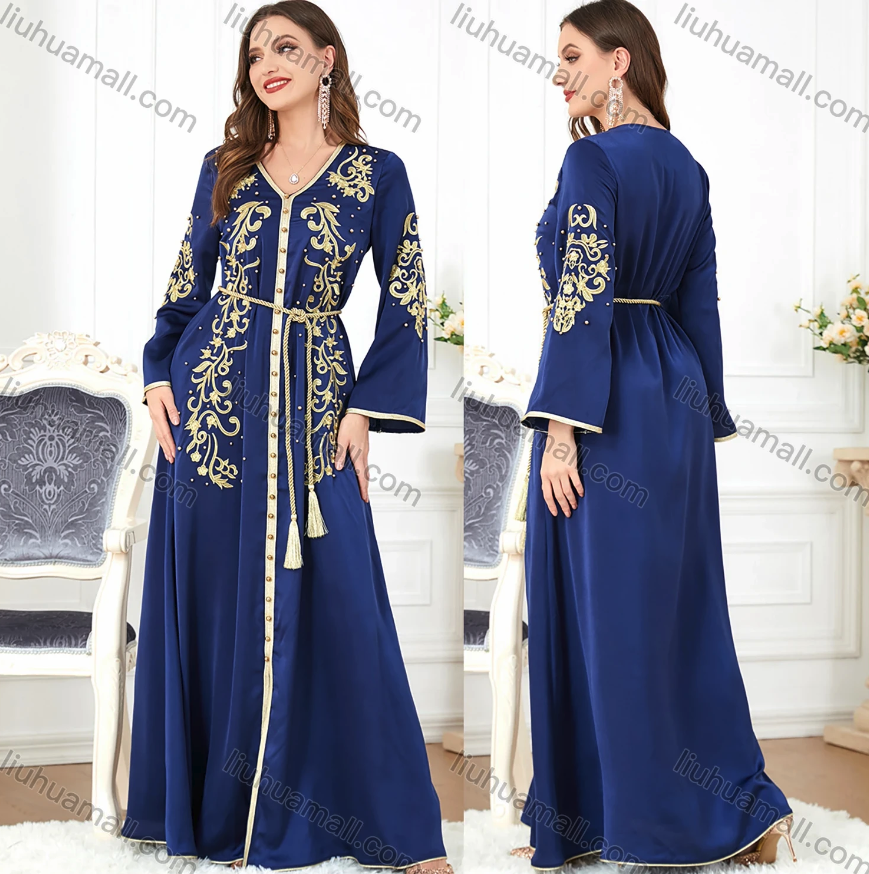In the world of fashion retail, finding reliable wholesale suppliers for women’s bodysuits is crucial for maintaining a steady supply of high-quality products and ensuring customer satisfaction. This guide aims to provide you with a comprehensive roadmap to sourcing the best bodysuits for your business, from identifying your needs to establishing long-term supplier relationships.
1. Define Your Needs and Target Audience
Before you start searching for suppliers, it’s essential to understand your business needs and target audience.
- Identify Your Niche: Are you looking for activewear bodysuits, lingerie bodysuits, or fashion bodysuits? Knowing your niche will help you narrow down your search.
- Understand Your Customers: What are your customers’ preferences? Do they prefer basic colors or bold prints? Do they seek functionality or fashion?
2. Research Potential Suppliers
With a clear understanding of your needs, it’s time to research potential wholesale suppliers.
- Online Marketplaces: Platforms like Alibaba, Global Sources, and DHgate offer a vast selection of wholesale bodysuits.
- Trade Shows and Exhibitions: Attending trade shows can provide you with direct access to suppliers and the latest fashion trends.
- Industry Directories: Fashion industry directories and databases can be a valuable resource for finding suppliers.
3. Evaluate Suppliers
Once you’ve compiled a list of potential suppliers, it’s time to evaluate them based on key criteria.
- Quality and Variety: Look for suppliers that offer a range of styles, sizes, and colors. Request samples to assess the quality.
- Pricing and Minimum Order Quantities (MOQs): Compare pricing and MOQs to find suppliers that fit your budget and order volume.
- Delivery and Shipping: Ensure suppliers offer reliable delivery options and clear shipping timelines.
- Customer Service and Communication: Choose suppliers that respond promptly to inquiries and provide excellent customer service.
4. Establish a Relationship
Building a strong relationship with your suppliers is key to long-term success.
- Initial Contact: Reach out to suppliers via email, phone, or their online contact form. Be clear about your needs and expectations.
- Negotiation: Don’t hesitate to negotiate on pricing, MOQs, and delivery terms. Establishing a good rapport can lead to better deals.
- Contract: Once you’ve agreed on terms, ensure you have a written contract outlining all details.
5. Place Orders and Monitor Quality
With a supplier in place, it’s time to place your first order.
- Order Placement: Follow the supplier’s order process, including payment terms and deadlines.
- Quality Control: Implement a quality control process to ensure the products meet your standards. This may involve inspecting samples before bulk production or having a third-party inspector verify quality.
6. Manage Inventory and Fulfillment
Managing inventory and fulfillment efficiently is crucial for maintaining a smooth operation.
- Inventory Tracking: Use inventory management software to track stock levels and orders.
- Fulfillment: Decide whether you’ll handle fulfillment internally or use a third-party logistics (3PL) provider.
7. Review and Adapt
Regularly review your supplier performance and be prepared to adapt.
- Performance Reviews: Assess supplier performance based on quality, delivery times, and customer feedback.
- Feedback Loop: Provide constructive feedback to suppliers to improve future orders.
- Supplier Diversification: Consider diversifying your supplier base to mitigate risks and access a wider range of products.
Example Suppliers
- Alibaba Suppliers: Search for “women’s bodysuits wholesale” on Alibaba to find a variety of suppliers offering competitive pricing and a wide selection.
- U.S.-Based Suppliers: Look into suppliers like Wholesale Fashion Square or Los Angeles Apparel for domestic options with faster shipping and potential for better customer service.
Conclusion
Finding the right wholesale suppliers for women’s bodysuits is an essential step in building a successful fashion business. By following this guide, you’ll be well-equipped to identify your needs, research suppliers, evaluate options, and establish strong relationships that will support your business growth. Remember, the key to success is thorough research, effective communication, and a willingness to adapt. Happy sourcing!
pic copy by www.baidu.com
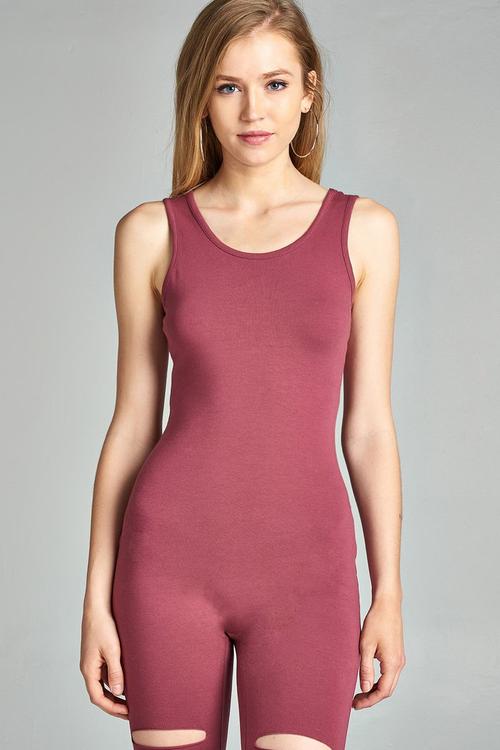
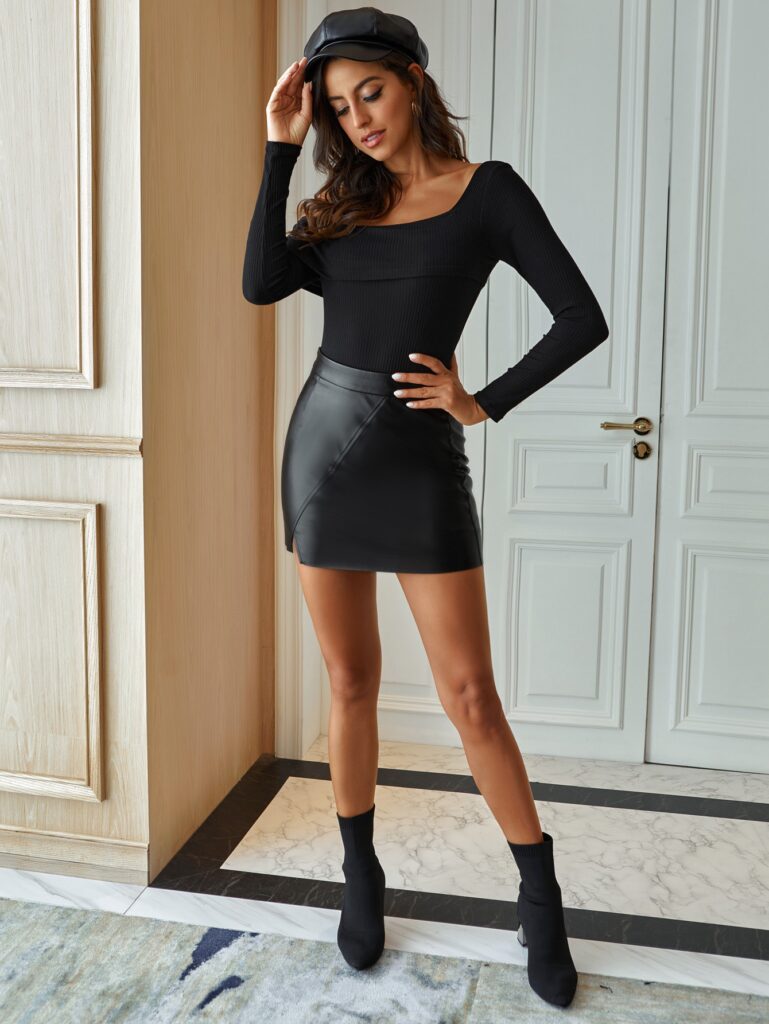

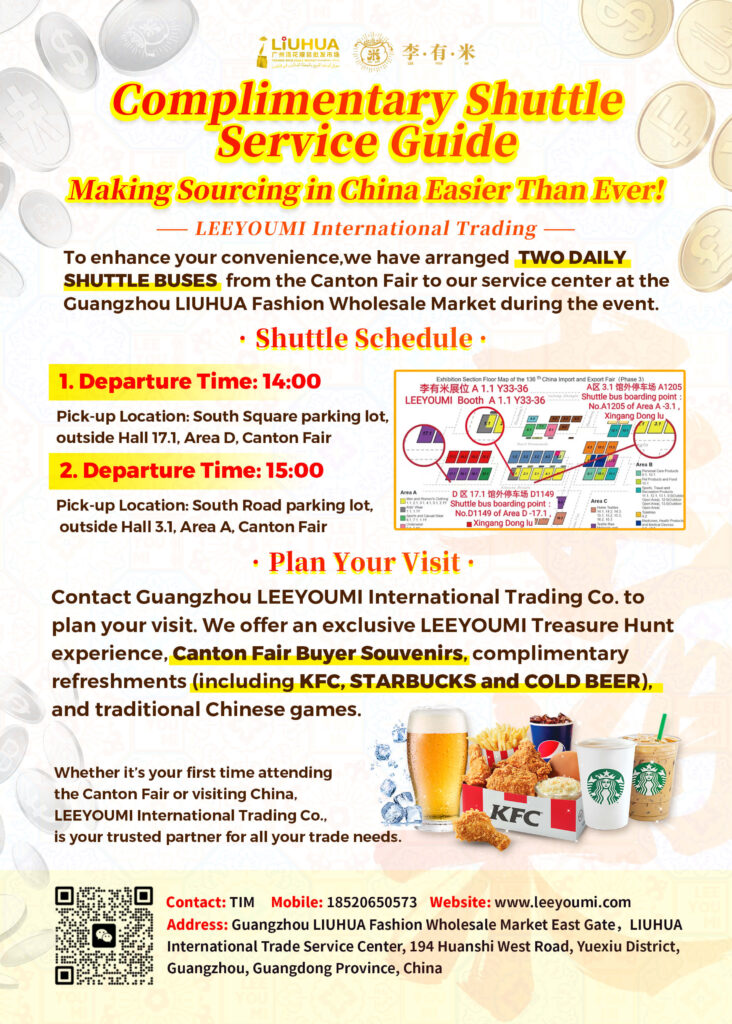
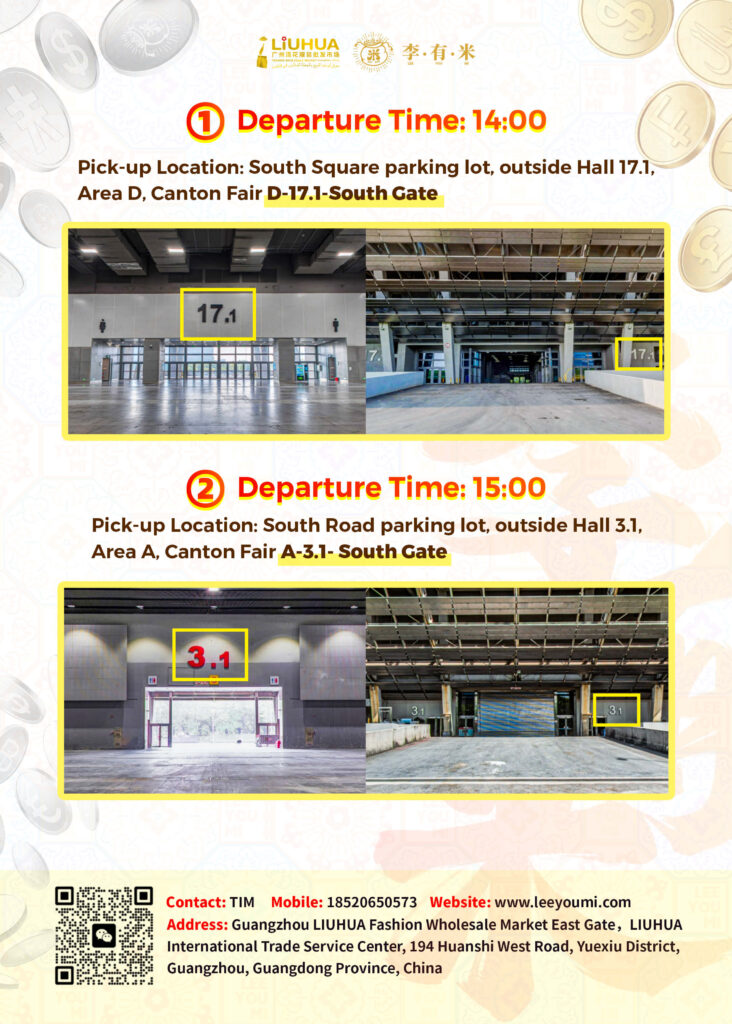
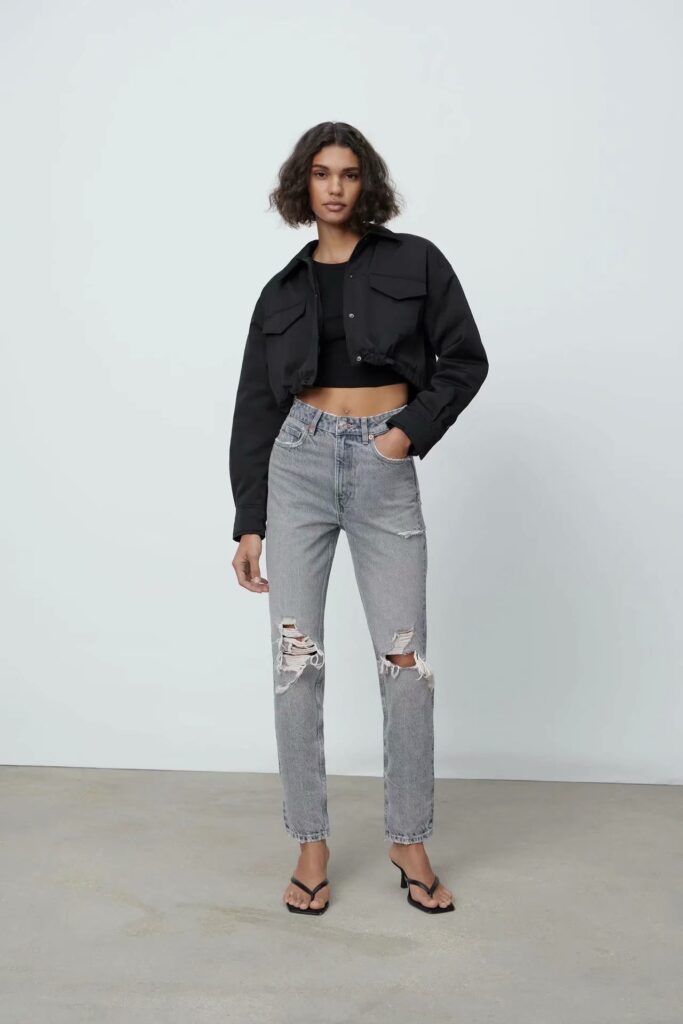 1. Market Overview
1. Market Overview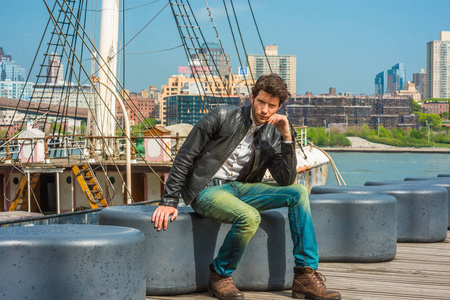 3. Key Suppliers
3. Key Suppliers